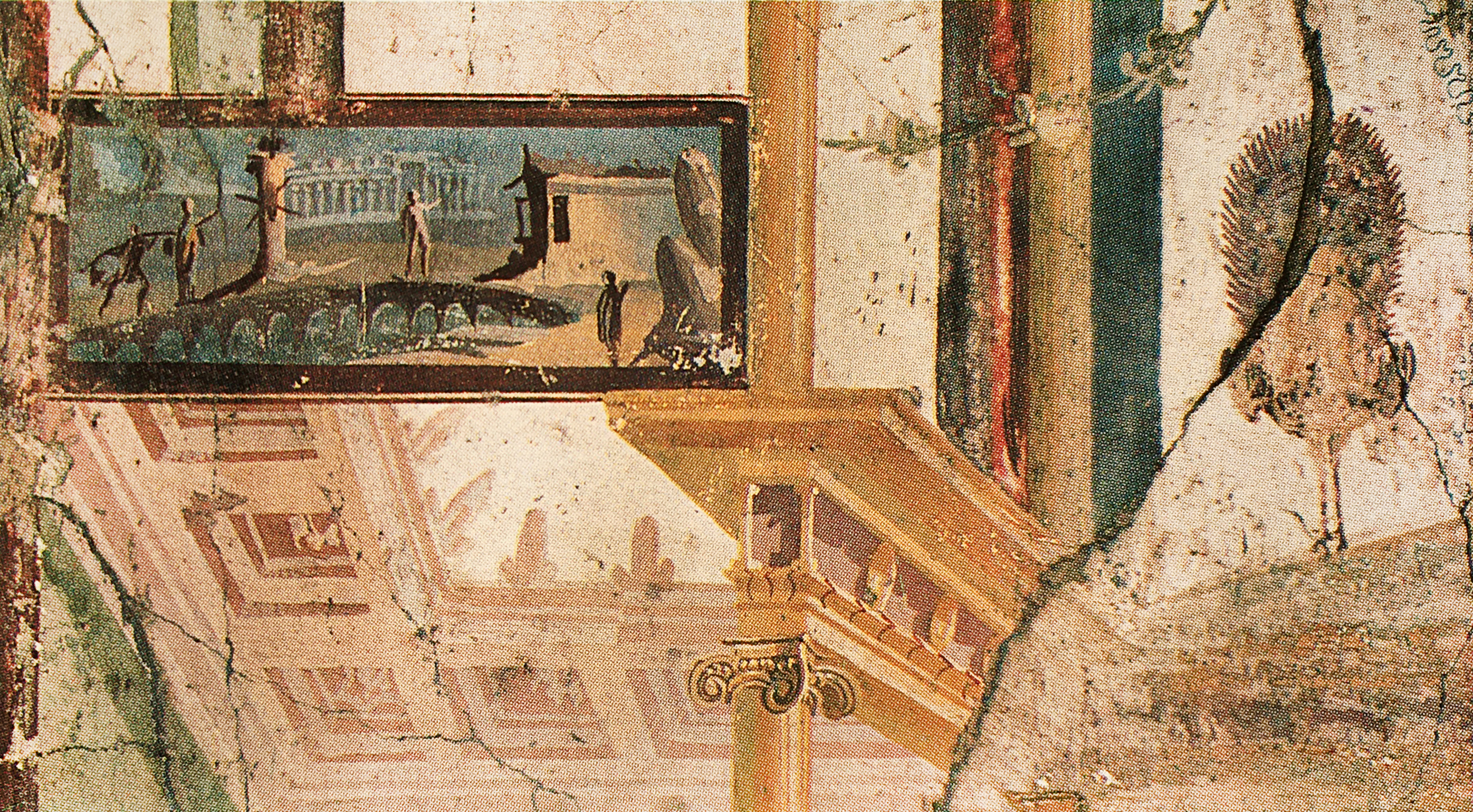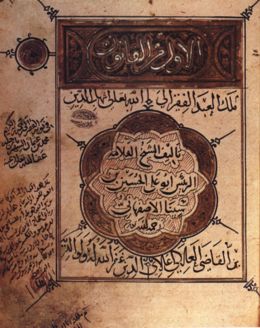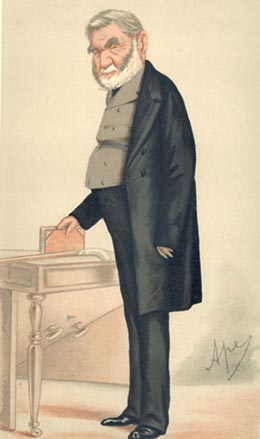|
Pinakes
The ''Pinakes'' ( grc, Πίνακες "tables", plural of ) is a lost bibliographic work composed by Callimachus (310/305–240 BCE) that is popularly considered to be the first library catalog in the West; its contents were based upon the holdings of the Library of Alexandria during Callimachus' tenure there during the third century BCE. History The Library of Alexandria had been founded by Ptolemy I Soter about 306 BCE. The first recorded librarian was Zenodotus of Ephesus. During Zenodotus' tenure, Callimachus, who was never the head librarian, compiled many catalogues/lists, each called ''Pinakes''. His most famous one listed authors and their works; thus he became the first known bibliographer and the scholar who organized the library by authors and subjects about 245 BCE. His work was 120 volumes long. Apollonius of Rhodes was the successor to Zenodotus. Eratosthenes of Cyrene succeeded Apollonius in 235 BCE and compiled his ''tetagmenos epi teis megaleis bibliothekeis' ... [...More Info...] [...Related Items...] OR: [Wikipedia] [Google] [Baidu] |
Callimachus
Callimachus (; ) was an ancient Greek poet, scholar and librarian who was active in Alexandria during the 3rd century BC. A representative of Ancient Greek literature of the Hellenistic period, he wrote over 800 literary works in a wide variety of genres, most of which did not survive. He espoused an aesthetic philosophy, known as Callimacheanism, which exerted a strong influence on the poets of the Roman Empire and, through them, on all subsequent Western literature. Born into a prominent family in the Greek city of Cyrene in modern-day Libya, he was educated in Alexandria, the capital of the Ptolemaic kings of Egypt. After working as a schoolteacher in the city, he came under the patronage of King Ptolemy II Philadelphus and was employed at the Library of Alexandria where he compiled the '' Pinakes'', a comprehensive catalogue of all Greek literature. He is believed to have lived into the reign of Ptolemy III Euergetes. Although Callimachus wrote prolifically in pro ... [...More Info...] [...Related Items...] OR: [Wikipedia] [Google] [Baidu] |
Pinax
In the modern study of the culture of ancient Greece and Magna Graecia, a ''pinax'' (πίναξ) (plural ''pinakes'' - πίνακες), meaning "board", is a votive tablet of painted wood, or terracotta, marble or bronze relief that served as a votive object deposited in a sanctuary or as a memorial affixed within a burial chamber. Such ''pinakes'' feature in the classical collections of most comprehensive museums. In the Third and Fourth Style of ancient Roman mural painting, a pinax was a painted framed picture usually in the main zone of the wall surface. Other uses To the ancient Greeks ''pinax'' seems also to have been a general term for a plate, but this is generally not followed in modern archaeological usage. In daily life ''pinax'' might equally denote a wax-covered writing tablet. In Christian contexts, painted icons ("images") are ''pinakes''. In the theatre of ancient Greece, they were images probably usually painted on cloth, but also carved either in stone o ... [...More Info...] [...Related Items...] OR: [Wikipedia] [Google] [Baidu] |
Library Of Alexandria
The Great Library of Alexandria in Alexandria, Egypt, was one of the largest and most significant libraries of the ancient world. The Library was part of a larger research institution called the Mouseion, which was dedicated to the Muses, the nine goddesses of the arts.Murray, S. A., (2009). The library: An illustrated history. New York: Skyhorse Publishing, p.17 The idea of a universal library in Alexandria may have been proposed by Demetrius of Phalerum, an exiled Athenian statesman living in Alexandria, to Ptolemy I Soter, who may have established plans for the Library, but the Library itself was probably not built until the reign of his son Ptolemy II Philadelphus. The Library quickly acquired many papyrus scrolls, owing largely to the Ptolemaic kings' aggressive and well-funded policies for procuring texts. It is unknown precisely how many such scrolls were housed at any given time, but estimates range from 40,000 to 400,000 at its height. Alexandria came to be regard ... [...More Info...] [...Related Items...] OR: [Wikipedia] [Google] [Baidu] |
Cataloging
In library and information science, cataloging ( US) or cataloguing ( UK) is the process of creating metadata representing information resources, such as books, sound recordings, moving images, etc. Cataloging provides information such as author's names, titles, and subject terms that describe resources, typically through the creation of bibliographic records. The records serve as surrogates for the stored information resources. Since the 1970s these metadata are in machine-readable form and are indexed by information retrieval tools, such as bibliographic databases or search engines. While typically the cataloging process results in the production of library catalogs, it also produces other types of discovery tools for documents and collections. Bibliographic control provides the philosophical basis of cataloging, defining the rules that sufficiently describes information resources, to enable users find and select the most appropriate resource. A cataloger is an individual ... [...More Info...] [...Related Items...] OR: [Wikipedia] [Google] [Baidu] |
Library Catalog
A library catalog (or library catalogue in British English) is a register of all bibliographic items found in a library or group of libraries, such as a network of libraries at several locations. A catalog for a group of libraries is also called a union catalog. A bibliographic item can be any information entity (e.g., books, computer files, graphics, realia, cartographic materials, etc.) that is considered library material (e.g., a single novel in an anthology), or a group of library materials (e.g., a trilogy), or linked from the catalog (e.g., a webpage) as far as it is relevant to the catalog and to the users (patrons) of the library. The card catalog was a familiar sight to library users for generations, but it has been effectively replaced by the online public access catalog (OPAC). Some still refer to the online catalog as a "card catalog". Some libraries with OPAC access still have card catalogs on site, but these are now strictly a secondary resource and are s ... [...More Info...] [...Related Items...] OR: [Wikipedia] [Google] [Baidu] |
Ptolemy-el-Garib
Ptolemy-el-Garib (Arabic, more correctly ''al-gharīb'', "Ptolemy the foreigner," explained as meaning "Ptolemy the unknown") (fl. c. 300 AD) was a Hellenistic pinacographer, probably of the Peripatetic school, who wrote a ''Life of Aristotle'' notable for its catalog of Aristotle's works. This work survives in an Arabic manuscript in Istanbul. A critical edition, with French translation was published by Marwan Rashed.Ptolémée "al Gharib", ''Épître à Gallus sur la vie, le testament et les écrits d’Aristote'', Paris, Les Belles Lettres, 2021. Historical context The excerpts known prior to this discovery were collected in Ingemar Düring's ''Aristotle in the Ancient Biographical Tradition'' (Göteborg 1957), pp. 221–231. Marian Plezia Marian Plezia (b. 1917 in Kraków, d. 1996) was a Polish historian. He was an expert in medieval Polish history and author of a Latin-Polish dictionary A dictionary is a listing of lexemes from the lexicon of one or more specific ... [...More Info...] [...Related Items...] OR: [Wikipedia] [Google] [Baidu] |
Library Classification
A library classification is a system of organization of knowledge by which library resources are arranged and ordered systematically. Library classifications are a notational system that represents the order of topics in the classification and allows items to be stored in that order. Library classification systems group related materials together, typically arranged as a hierarchical tree structure. A different kind of classification system, called a faceted classification system, is also widely used, which allows the assignment of multiple classifications to an object, enabling the classifications to be ordered in many ways. Description Library classification is an aspect of library and information science. It is distinct from scientific classification in that it has as its goal to provide a useful ordering of documents rather than a theoretical organization of knowledge. Although it has the practical purpose of creating a physical ordering of documents, it does generally att ... [...More Info...] [...Related Items...] OR: [Wikipedia] [Google] [Baidu] |
Ibn Al-Nadim
Abū al-Faraj Muḥammad ibn Isḥāq al-Nadīm ( ar, ابو الفرج محمد بن إسحاق النديم), also ibn Abī Ya'qūb Isḥāq ibn Muḥammad ibn Isḥāq al-Warrāq, and commonly known by the ''nasab'' (patronymic) Ibn al-Nadīm ( ar, ابن النديم; died 17 September 995 or 998) was an Arab Muslim bibliographer and biographer of Baghdad who compiled the encyclopedia ''Kitāb al-Fihrist'' (''The Book Catalogue''). Biography Much known of al-Nadim is deduced from his epithets. 'Al-Nadim' (), 'the Court Companion' and 'al-Warrāq () 'the copyist of manuscripts'. Probably born in Baghdad ca. 320/932 he died there on Wednesday, 20th of Shaʿban A.H. 385. He was a Persian or perhaps an Arab. From age six, he may have attended a ''madrasa'' and received comprehensive education in Islamic studies, history, geography, comparative religion, the sciences, grammar, rhetoric and Qurʾanic commentary. Ibrahim al-Abyari, author of ''Turāth al-Insaniyah'' says al-Nadim ... [...More Info...] [...Related Items...] OR: [Wikipedia] [Google] [Baidu] |
Ingemar Düring
Ingemar Düring (2 September 1903 - 23 December 1984) was a Swedish Classical Philologist. From 1945 to 1970 he was a professor at Gothenburg University The University of Gothenburg ( sv, Göteborgs universitet) is a university in Sweden's second largest city, Gothenburg. Founded in 1891, the university is the third-oldest of the current Swedish universities and with 37,000 students and 6000 .... His most notable work is ''Aristotle in the Ancient Biographical Tradition'' References 1903 births 1984 deaths Swedish philologists Academic staff of the University of Gothenburg 20th-century philologists {{Sweden-scientist-stub ... [...More Info...] [...Related Items...] OR: [Wikipedia] [Google] [Baidu] |
Knowledge Organization
Knowledge organization (KO), organization of knowledge, organization of information, or information organization is an intellectual discipline concerned with activities such as document description, indexing, and classification that serve to provide systems of representation and order for knowledge and information objects. According to ''The Organization of Information'' by Joudrey and Taylor, information organization: Issues related to knowledge sharing can be said to have been an important part of knowledge management for a long time. Knowledge sharing has received a lot of attention in research and business practice both within and outside organizations and its different levels. Sharing knowledge is not only about giving it to others, but it also includes searching, locating, and absorbing knowledge. Unawareness of the employees’ works and duties tend to provoke the repetition of mistakes, the waste of resources, and duplicating the same projects. It is important to mot ... [...More Info...] [...Related Items...] OR: [Wikipedia] [Google] [Baidu] |
Mediterranean
The Mediterranean Sea is a sea connected to the Atlantic Ocean, surrounded by the Mediterranean Basin and almost completely enclosed by land: on the north by Western and Southern Europe and Anatolia, on the south by North Africa, and on the east by the Levant. The Sea has played a central role in the history of Western civilization. Geological evidence indicates that around 5.9 million years ago, the Mediterranean was cut off from the Atlantic and was partly or completely desiccated over a period of some 600,000 years during the Messinian salinity crisis before being refilled by the Zanclean flood about 5.3 million years ago. The Mediterranean Sea covers an area of about , representing 0.7% of the global ocean surface, but its connection to the Atlantic via the Strait of Gibraltar—the narrow strait that connects the Atlantic Ocean to the Mediterranean Sea and separates the Iberian Peninsula in Europe from Morocco in Africa—is only wide. The Mediterran ... [...More Info...] [...Related Items...] OR: [Wikipedia] [Google] [Baidu] |
Anthony Panizzi
Sir Antonio Genesio Maria Panizzi (16 September 1797 – 8 April 1879), better known as Anthony Panizzi, was a naturalised British citizen of Italian birth, and an Italian patriot. He was a librarian, becoming the Principal Librarian (i.e. head) of the British Museum from 1856 to 1866. Early life in Italy Panizzi was born at Brescello in the Duchy of Modena and Reggio (now the province of Reggio Emilia), Italy, on 16 September 1797. He studied at the Lyceum of Reggio, then obtained a degree in law from the University of Parma in 1818. He was appointed as Inspector of Public Schools at Brescello. It was during this time that a charge was brought against Panizzi that he was a Carbonaro, that is, a member of a secret society that opposed the political regime of that time. The evidence would suggest that the accusation was true. In October 1822, amid political upheaval in Italy, Panizzi was tipped off that he faced arrest and trial as a subversive. The risk was one faced by many ... [...More Info...] [...Related Items...] OR: [Wikipedia] [Google] [Baidu] |






